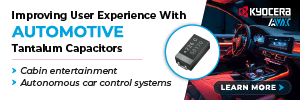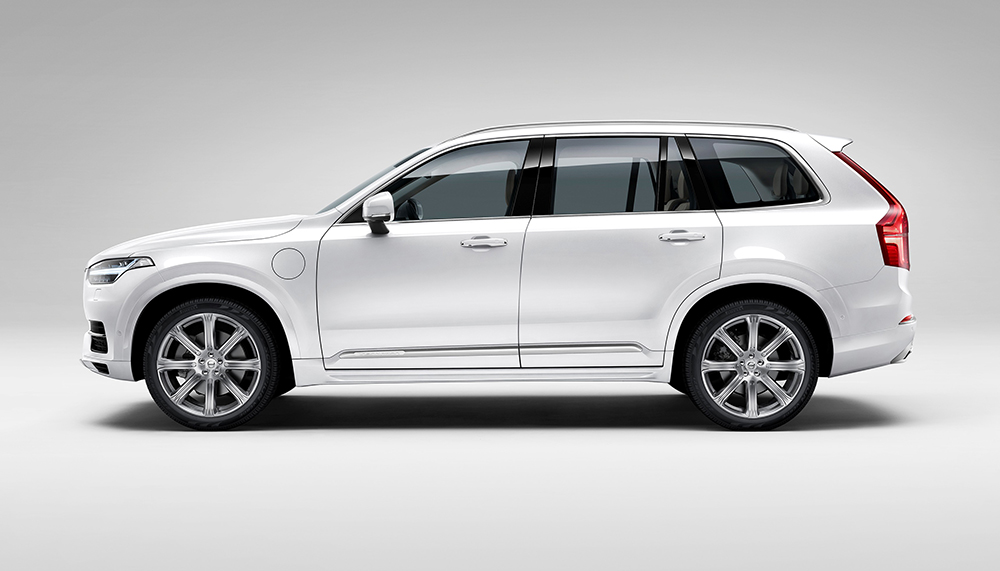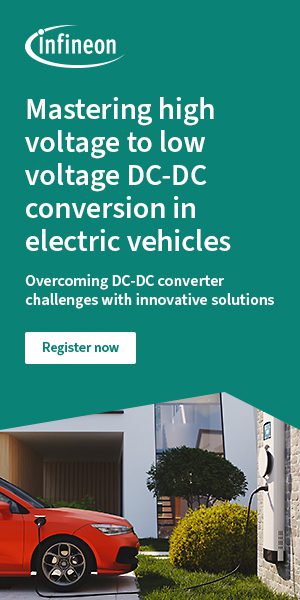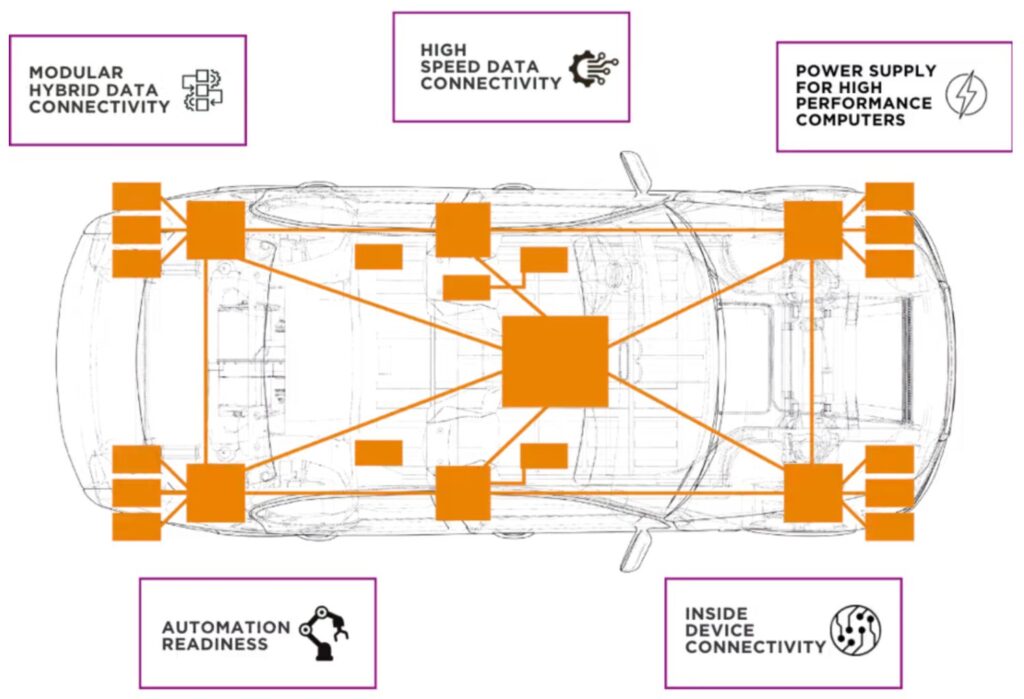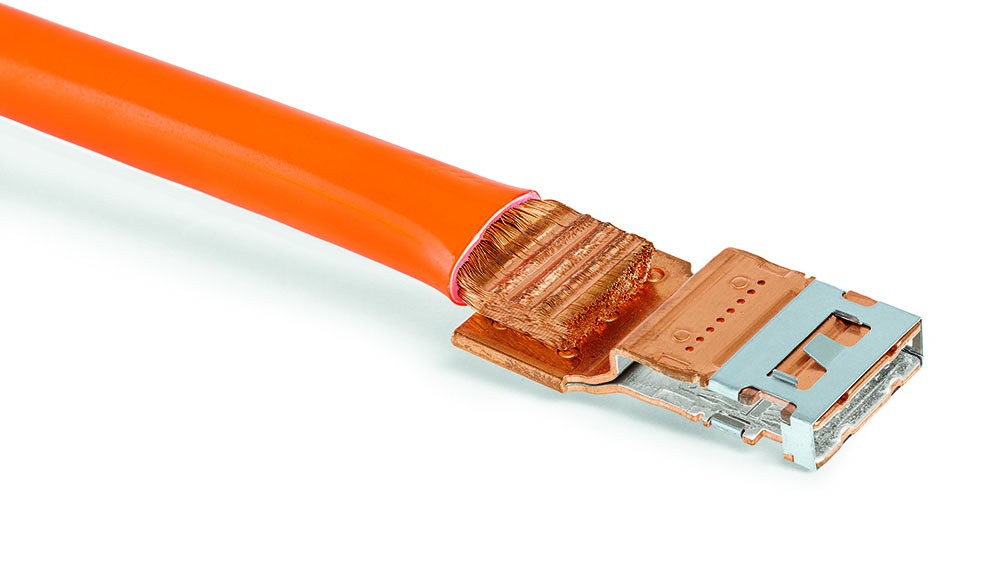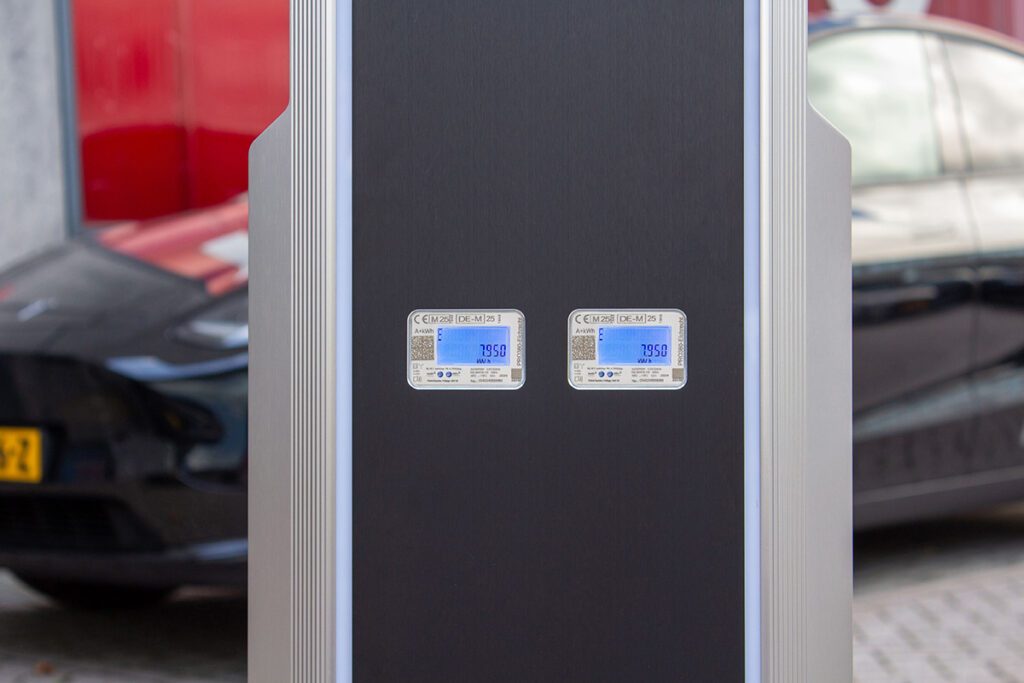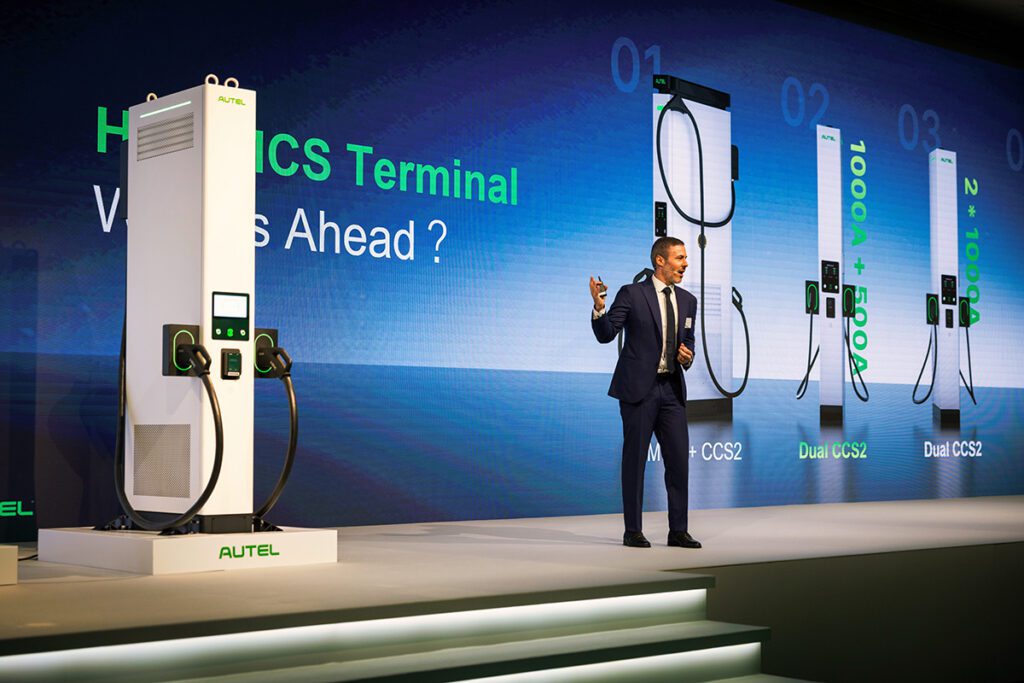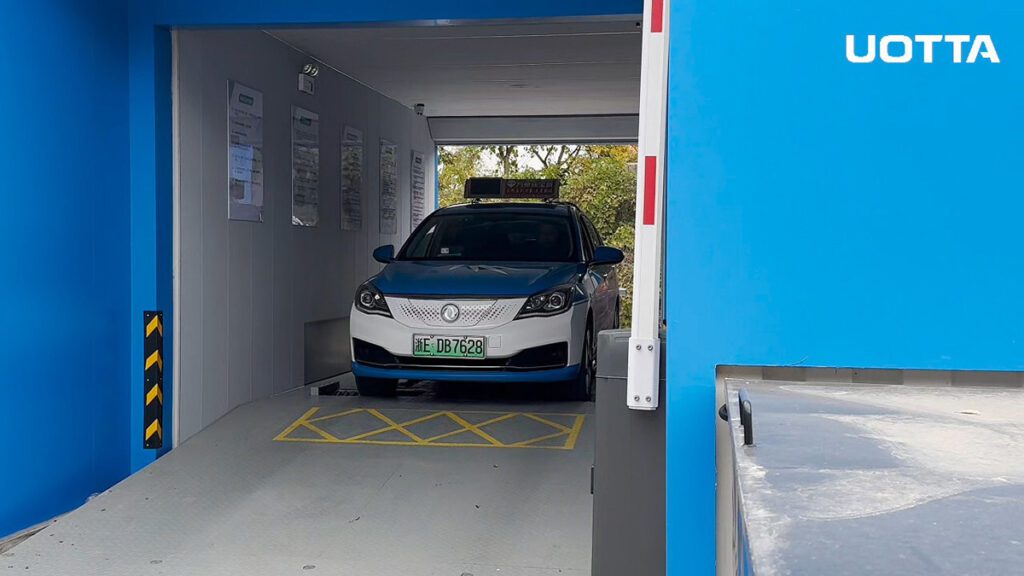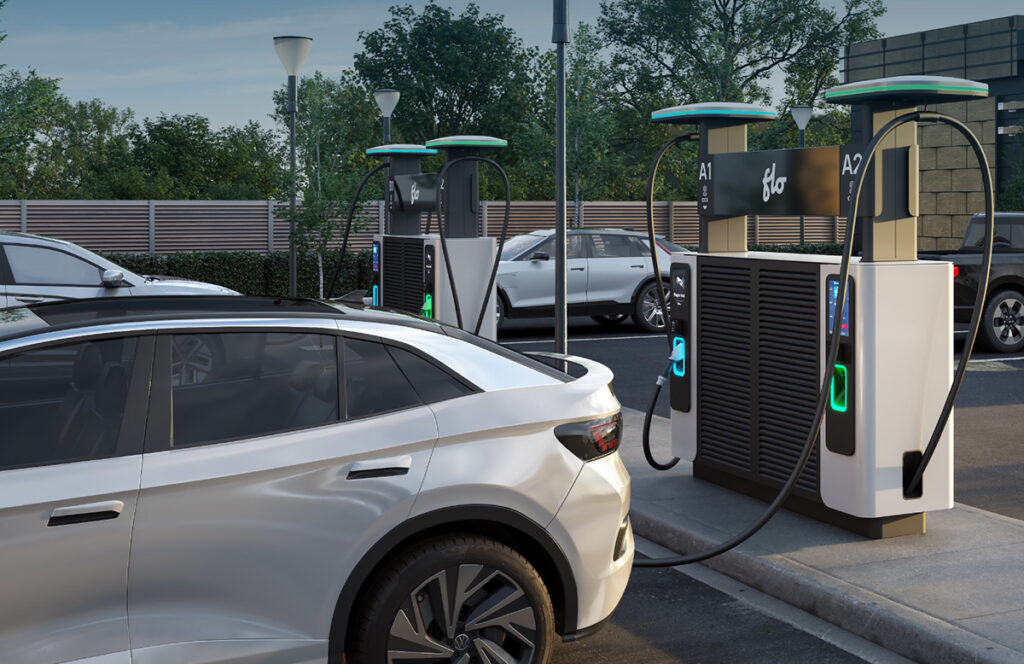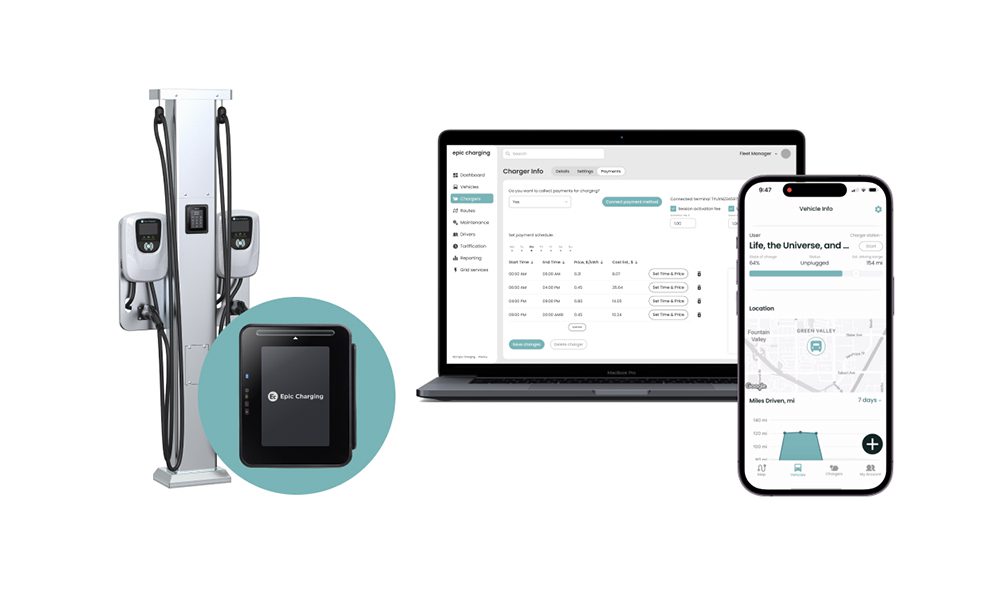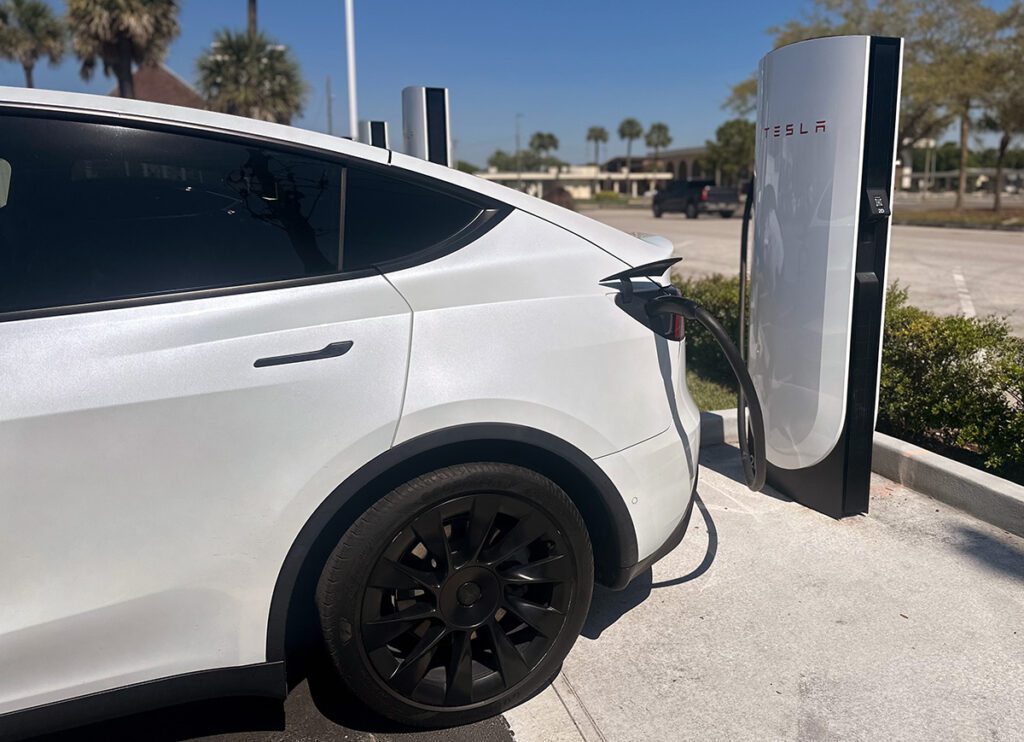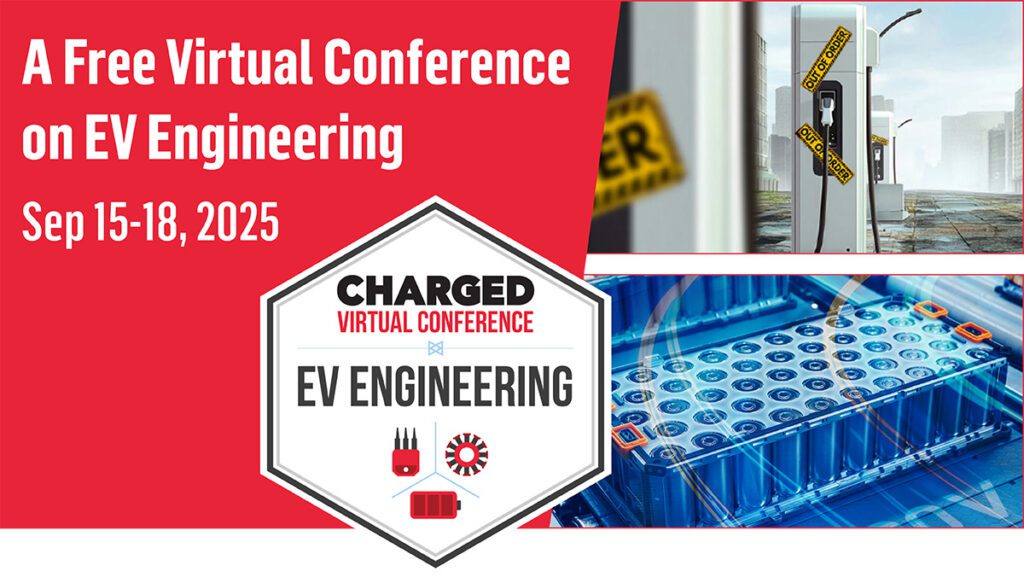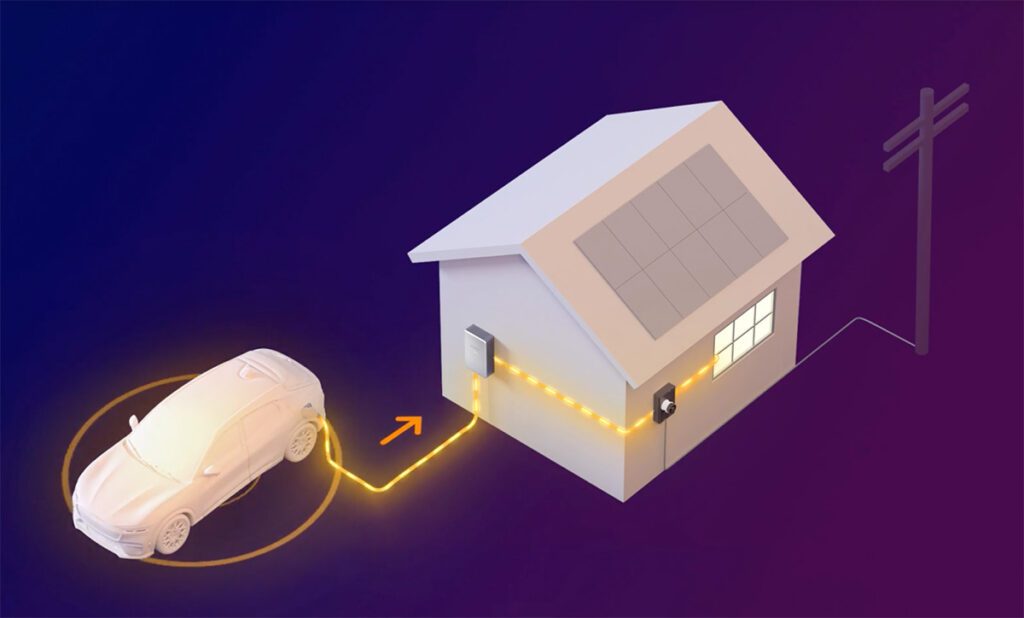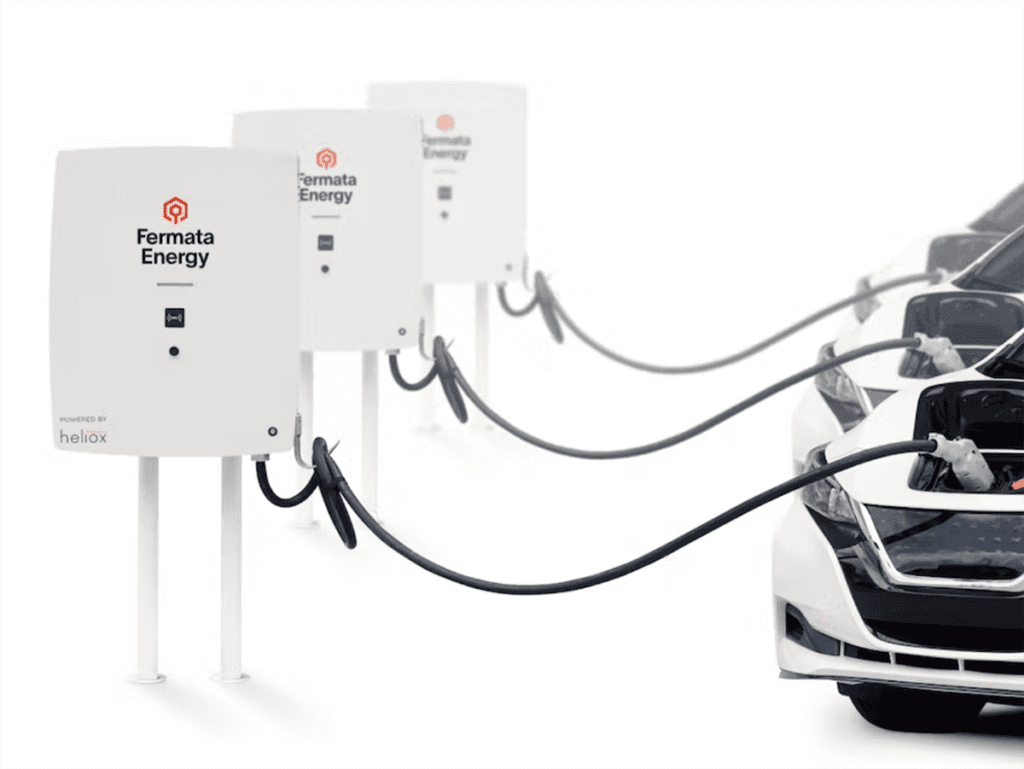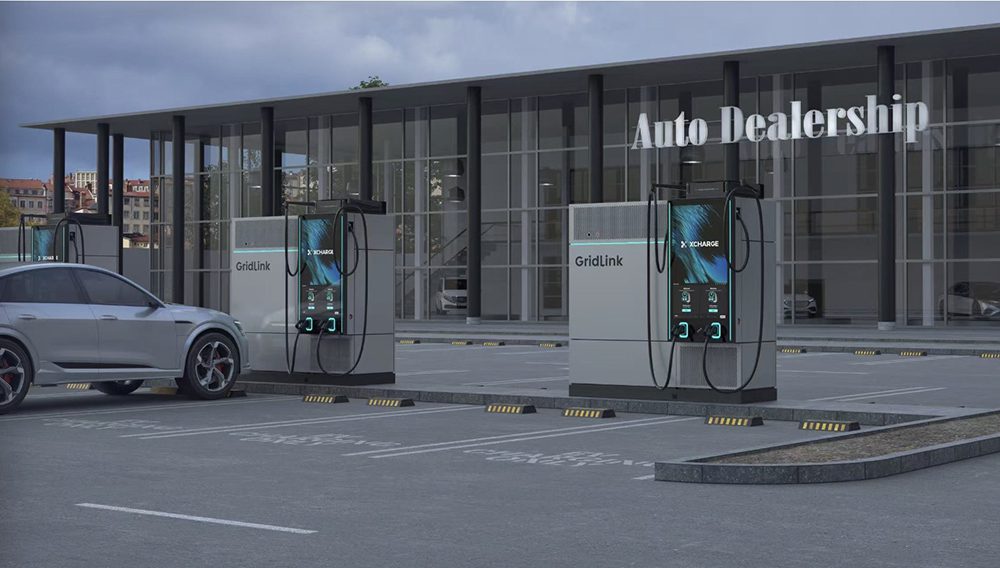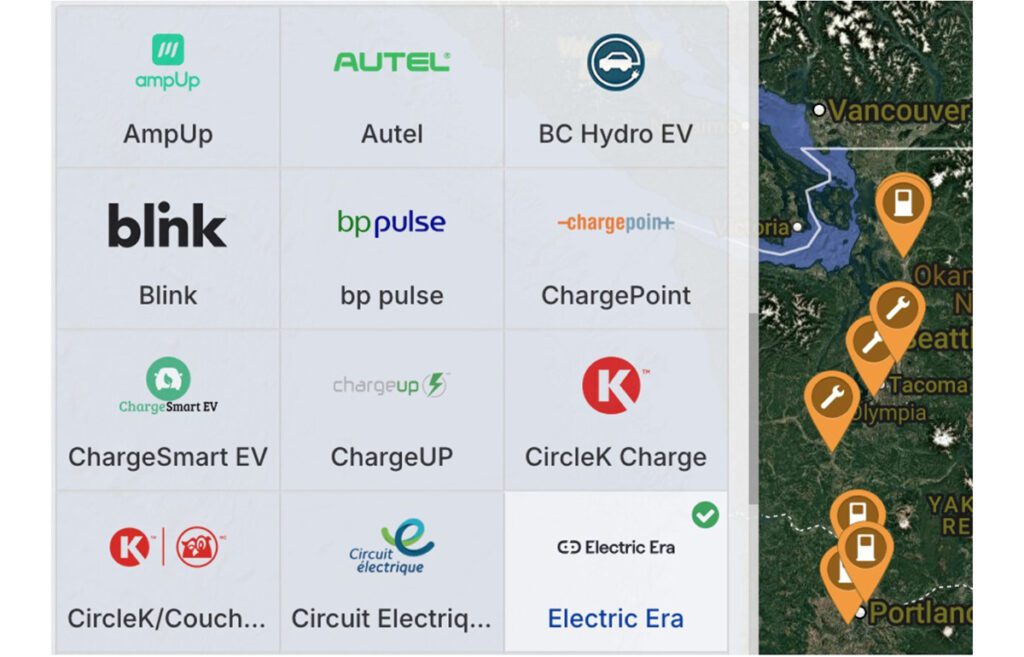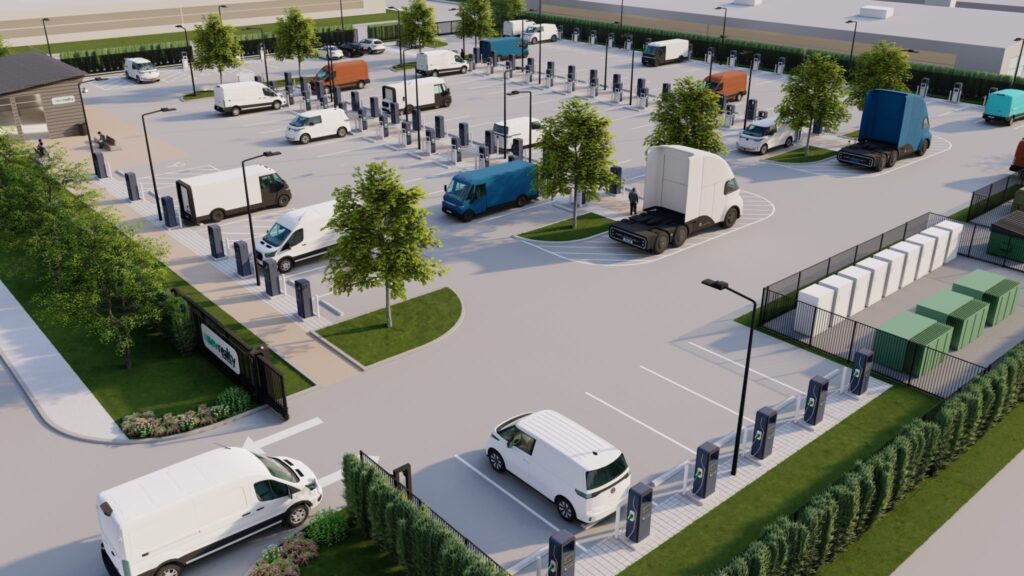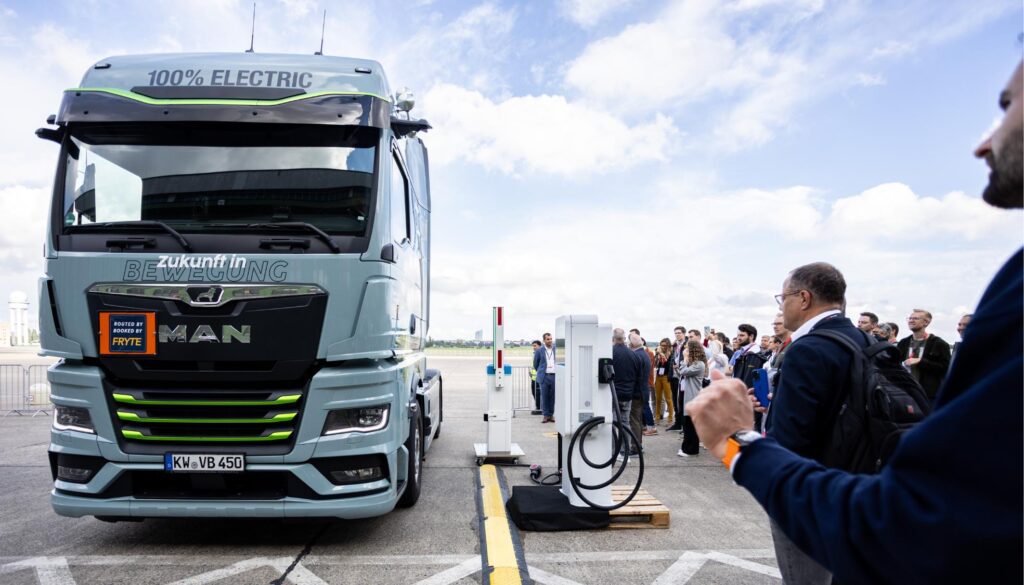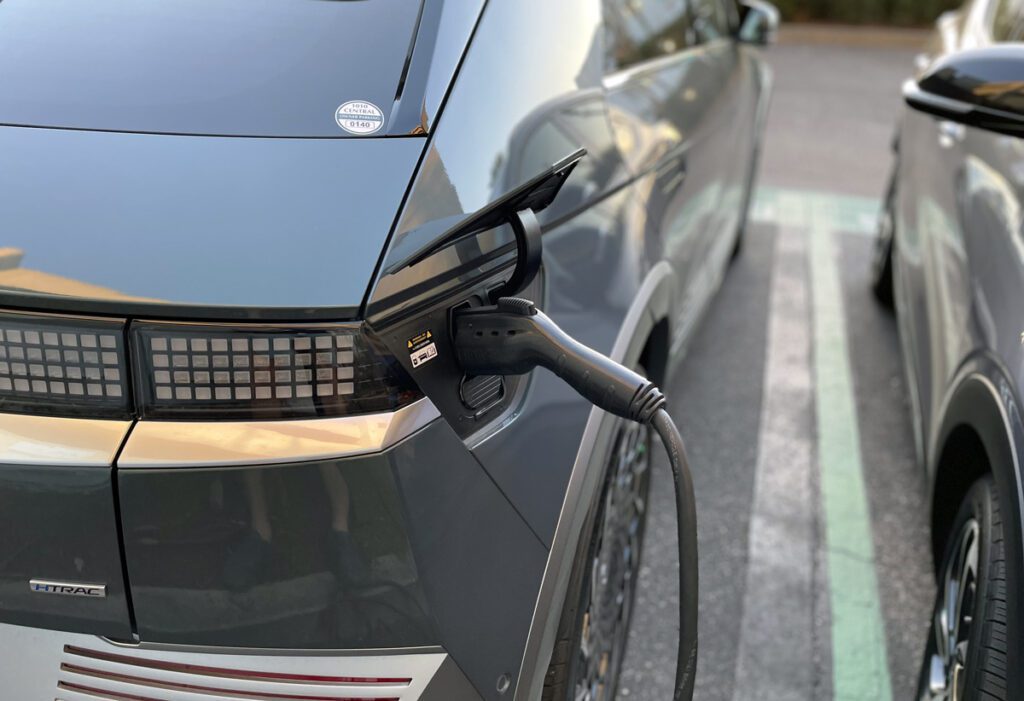Bidirectional charging is rapidly becoming an expected feature for new EV models. The latest automaker to join the bi bandwagon is Volvo—the upcoming EX90 will be the automaker’s first model to be “hardware-ready” for bidirectional charging.
“You could use [the EX90’s] battery in many ways, from topping up your electric bike when you’re out and about, to hooking up an outdoor cooking appliance for your weekend camping trip,” says Head of Electrification Ecosystem Olivier Loedel. “It could even power your house during the expensive peak hours of the day.”
“Bidirectional charging could also allow customers to support the grid in different ways,” says Volvo. “This could include taking in more energy during times when there’s a surplus of renewable energy, or selling energy back during peak usage hours when there is more demand. If most cars have this functionality in the future, then the grid could be balanced more often. That could increase the overall sustainability of the grid by reducing potential energy waste from renewable sources at times when production outperforms demand.”
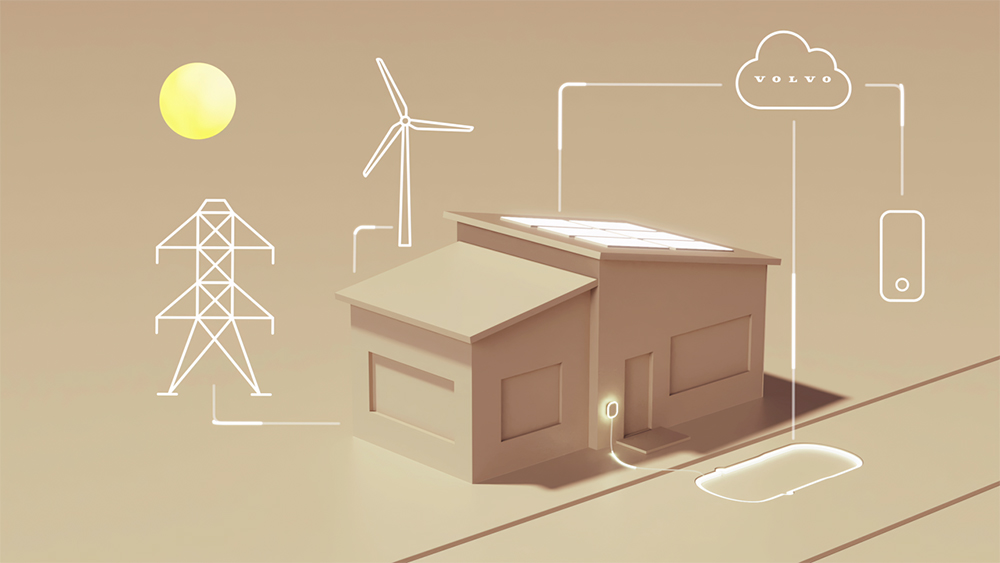
Like Tesla, GM and Ford, Volvo sees bi charging as part of an EV ecosystem of products and services: “We plan to offer the hardware you need to start using bidirectional charging features, including an advanced wall box and home energy management system. Other accessories such as adapter plugs for appliances and cables for charging other cars will also be available.”
While the EX90 is expected to go on sale in the US sometime in 2023, it doesn’t sound like bi charging will be implemented right away. At the moment, Volvo is being coy about when and where the feature will be available: “The bidirectional charging offer will initially be launched in selected markets…we are currently assessing in which markets it would be possible to offer this to our customers. Features may not be available in all markets and will not be standard in all markets or for all models.”
Source: Volvo Cars






